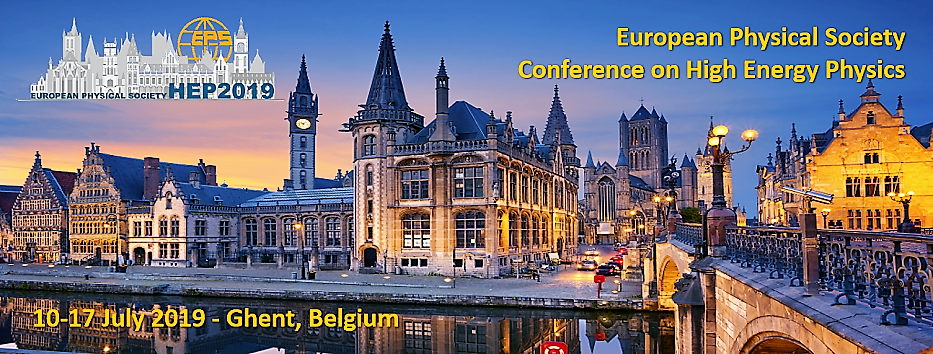Speaker
Description
The production of low-mass dielectrons is the most promising tools for the understanding of the chiral symmetry restoration and of the thermodynamical properties of the Quark-Gluon Plasma (QGP) created in ultra-relativistic heavy-ion collisions. Since dielectrons are unaffected by strong final-state interactions and emitted during all stages of the collision, they carry information about the whole space-time evolution of the medium. The dielectron invariant mass allows for an approximate chronological view on this evolution. At low invariant mass ($m_{\rm ee}$ < 1.1 GeV/$c^2$), the dielectron spectrum is sensitive to in-medium modification of the spectral function of the rho meson and effects related to the chiral symmetry restoration. In the intermediate-mass region (1.1 < $m_{\rm ee}$ < 2.8 GeV/$c^2$), the dominant contribution of correlated pairs from semileptonic decays of charm and beauty hadrons is sensitive to in-medium effects on heavy-flavour production. Thermal radiation emitted by the system, both during the partonic and hadronic phase, contributes as well to the dielectron yield over a broad mass range and gives insight into the temperature of the medium. Finally, at very low pair transverse momenta initial photon annihilation processes, triggered by the coherent electromagnetic fields of the incoming nuclei, are expected to play a role in more peripheral collisions.
In this talk, we will present dielectron measurements with ALICE in Pb-Pb collisions at two energies, $\sqrt{s_{\rm NN}}$ = 2.76 and 5.02 TeV. The results will be compared to the expected dielectron yield from know hadronic sources and several predictions for the thermal radiation from the hadron gas and QGP phases. The study of virtual-photon production will be shown as well.




